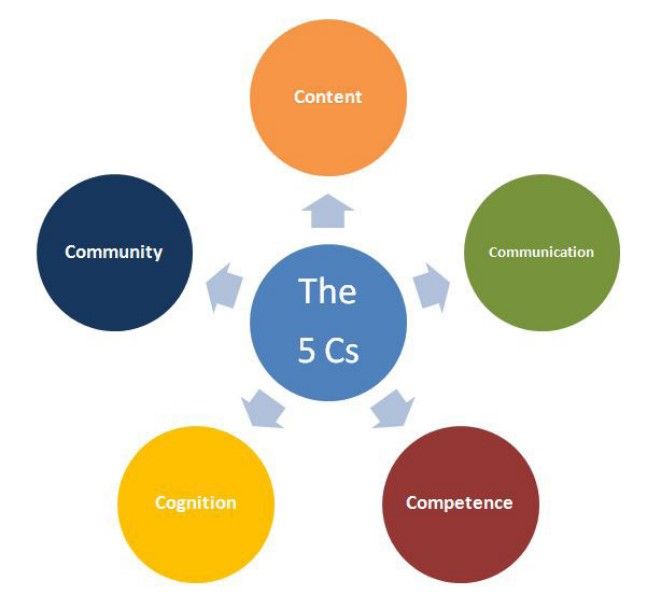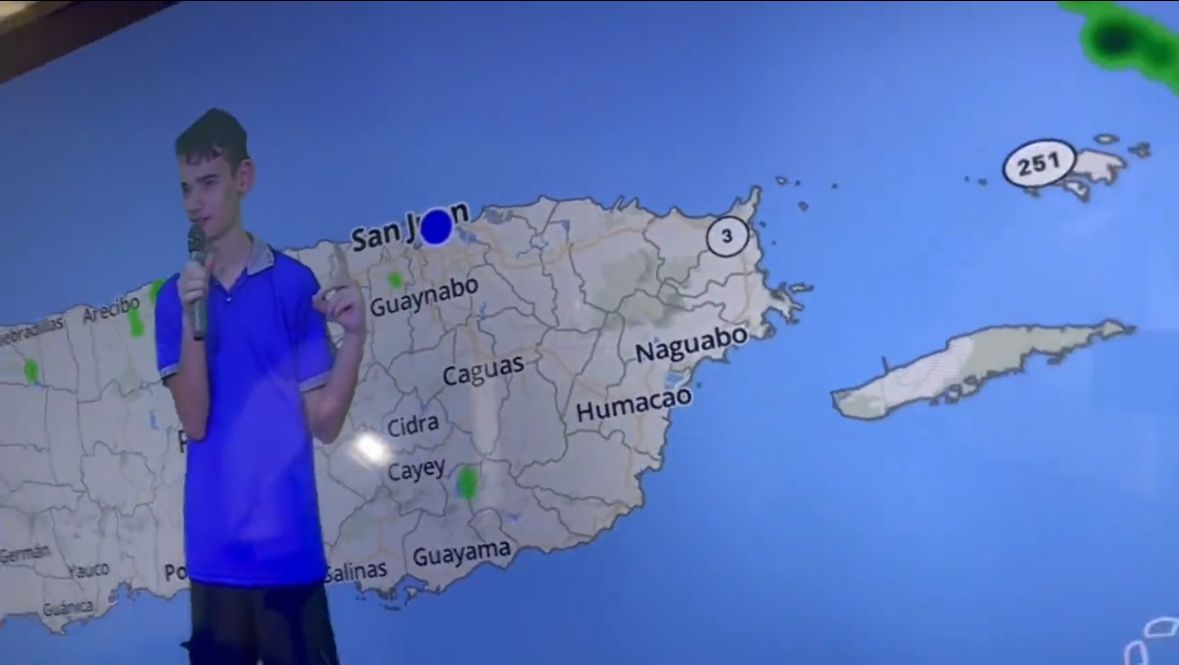The 5Cs of CLIL
When teachers are planning a CLIL lesson, there are five things to think about - Content, Communication, competencies, Community, and Cognition.

-
Content
In traditional teaching, teachers prepare a lesson around a logical development of the area the students have been working on. It’s just the same with CLIL. Teachers develop lessons around what the students already know. In this way, students build their content knowledge like building a wall, one course of bricks on top of the next. -
Communication
In the past, students learned a lot of lesson content while they were listening to the teacher talk. With CLIL, teachers talk much less, because the students don’t have enough of the new language to learn in this way. Instead, students study together and work in groups, talking to each other as well as to the teacher, using as much of the new language as they can.
A CLIL teacher needs to ask herself a series of questions:
What sort of communication will the students be involved in?
What language will be useful for that communication?
What key content words will they need?
What scaffolding can I provide?
-
Competences
‘Can-do’ statements describe the outcomes of a lesson, for example, ‘I can calculate the area of a triangle’. CLIL teachers think about the can-do statements they want their students to be able to make after the lesson, either about lesson content and skills - or about a new language. -
Community
CLIL teachers help students to relate what they learn to the world around them. Students see that what they learn is not just a school subject, but something that relates to ‘the real world’.
The CLIL teacher therefore needs to think about:
What is the relevance of this lesson to the student’s daily life and surroundings?
How does it link to the Community or Culture surrounding the students?
Does it also link to other cultures? -
Cognition
Of course, teachers were helping students learn to think long before the CLIL approach was introduced. They have always asked their students ‘when?’, ‘where?’, ‘which?’, ‘how many?’ and ‘who?’. These questions focus on real, specific and concrete answers.
Students who learn to answer them correctly develop the thinking skills of recalling, repeating and listing, and of understanding.
Thinking skills such as these were categorised in Bloom’s Taxonomy as Lower Order Thinking Skills (LOTS) as early as 1956 (the Taxonomy was revised in more recent years by Anderson and Krathwohl). According to the Taxonomy, students practising LOTS, as in the questions above, learn to remember and understand information, and to explain it. They also learn to apply new information in a different situation.
The CLIL approach has attempted to add to these concrete thinking skills by adopting more abstract, complex and analytical questioning. This is not just for older or more able students, but in all lessons. A student following a CLIL course will soon have learned to think about such probing questions as ‘why?’, ‘how?’ and ‘what evidence is there?’, and so will have practiced some of the thinking skills categorized by Bloom as Higher Order Thinking Skills (HOTS). Using HOTS encourages students to investigate and evaluate new information and to use it to develop something new.
Source:Chapter 3: The 5Cs

